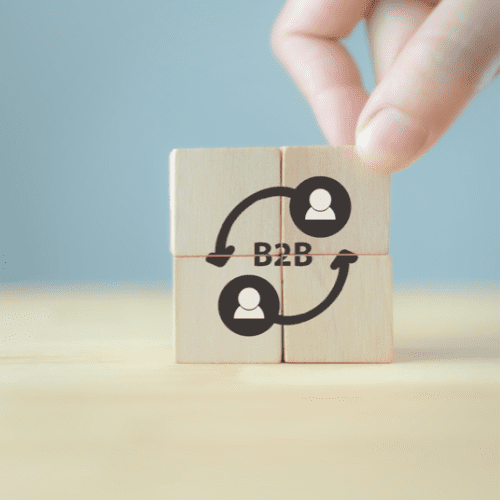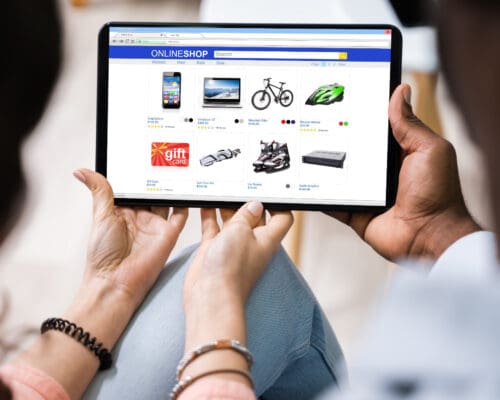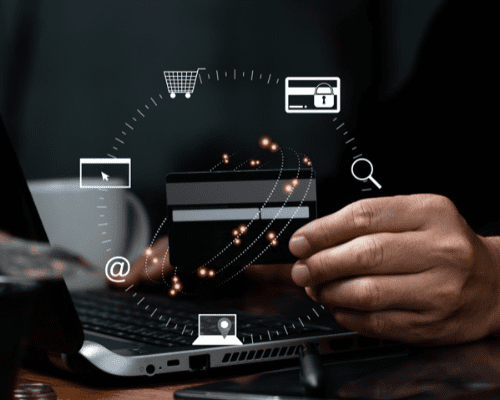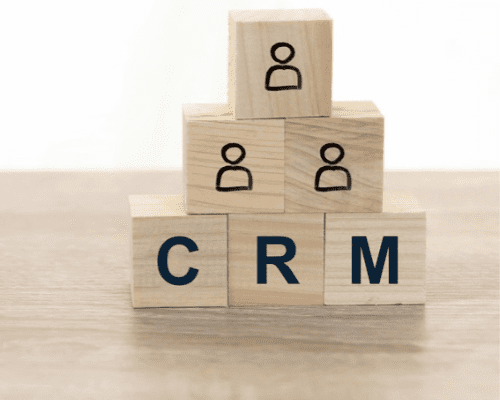According to Forrester, ‘B2B buyers’ expectations are changing and marketing professionals must design experiences that are increasingly open, connected, intuitive and immediate.’
Companies that work in the B2B market have come to an important realisation. Success requires more than just fighting against declining open rates or increasing churn. Your buyers expect a fundamentally different relationship with your company now: they are no longer okay with being seen as targets. Rather, buyers expect to be treated as partners.
Adapting to shifting trends
Often, companies fail not because of poor products or management, but rather because they didn’t adapt quickly enough to changing buyer behaviour.
We see a few key trends today:
- Information ubiquity. Buyers can control their purchase journeys. This tips the balance of power from company to customer, in virtually every industry.
- Millennials value peers more than providers. Millennials are sceptical of vendors’ claims and prefer peer insights. Thanks to online communities, it is easy to get ample peer reviews no matter where customers are located.
- Self-service and e-commerce to improve the customer experience. Self-service B2B e-commerce sales increased from 14% in 2015 to 18% in 2019, while purchases through sales reps declined from 46% to 42%.
- Social distancing. In the short term, social distancing policies radically shifted the balance of human and digital engagement. In the long term, it is likely that much of this digital shift will be permanent.
B2B companies must change the way they interact with their customers in order to stay ahead of these trends.
A change in the relationship
B2B buyers expect relationships to be:
- Open. Make sure your organisation offers easy-to-access, transparent information about things like pricing, business practices, market feedback, sales channels, delivery options, and results. This will reduce buyers’ frustration and establish trust.
- Connected. Work with your buyers to co-create goals. By sharing this responsibility, you also reinforce a useful fact: your company, as the provider, can only do so much. Sometimes the customer must change their behaviour to reach success and form a lasting partnership based on empathy.
- Intuitive. Stay ahead of the trends in order to demonstrate deep customer knowledge and understanding.
- Immediate. Be present and proactive in your customer’s preferred channels and touchpoints to deliver real-time and frictionless buying experiences.
“The best enterprise marketing today is embracing digital at scale to do what great salespeople have always done – personalise their engagement and offer a great experience.” – Chris Blaik, VP of integrated global marketing campaigns at Dell EMC
The Customer’s Buying Motion Matrix: A tool to guide your approach
Moving to a partnership relationship with your customers is simple with the Forrester Buying Motion Matrix. It uses two main dimensions to describe buyer behaviour:
- Buyer familiarity. This is a proxy for knowledge transfer. How much do customers know about your solution? How easy is it to gather information?
- Decision complexity. This describes change and risk. If a decision involves more people or intense cultural change, then the buying cycle will be longer.
Plotting these factors on a two-by-two matrix, B2B marketers can identify four different buying behaviours: Transaction, Improvement, Transformation, and Reaction.
- High Familiarity, Low Complexity: Transaction purchases. These conditions exist in a mature market where buyers are comfortable with the decision process. Pricing transparency is key here, more so than connectedness.
- High Familiarity, High Complexity: Improvement purchases. These buyers take their time to make decisions that involve significant business change, disruption, or risk, even if the solution in question is common. Companies must emphasise connectedness and in-depth consumer knowledge here.
- Low Familiarity, High Complexity: Transformation purchases. Transformational buyer behaviour is typically found in new markets where potential solutions are unknown and disruptive. Here, companies should create intuitive experiences that demonstrate the contextual need for this solution throughout an extended buying cycle.
- Low Familiarity, Low Complexity: Reaction purchases. This behaviour is often a response to external change, such as competition or regulations. Buyers need a lot of information about an unfamiliar new solution, but they also must act fast. Self-service capabilities and real-time attention are useful here.
It is important to regularly revisit any assumptions made about your buyer types. Here at redk, our experts work hard to help your organisation stay on top of these trends and find the right strategy to reach success. Don’t hesitate to reach out to ensure your organisation keeps pace with the digital shifts.










